3 ways to insulate wires at home
Precautionary measures
To begin with, let's talk about what rules you need to follow when isolating lived your own hands. Firstly, it is strictly forbidden to insulate live wires. You must definitely disconnect circuit breaker in the switchboard. Secondly, to protect the junction, it is necessary to use only materials that comply with GOSTs for insulation and shells. In simple words - do not use plastic bags, scotch tape or other rubbish. For example, for everyone's favorite PVC electrical tape there is GOST 16214-86, to which it must comply, and technical specifications built on its basis.
We strongly advise against using adhesive tape as insulation, as This material does not have sufficient insulating properties. Now we will consider how to properly insulate the wires at home, and also provide you with the most reliable insulating materials.
Insulation Overview
To date, it is recommended to use materials such as:
- PVC insulating tape. It has good elasticity. It is used most often and in many cases from practice - starting from installation in a junction box, ending under the hood in a car. It comes in different colors, making it convenient to make color marking wires.
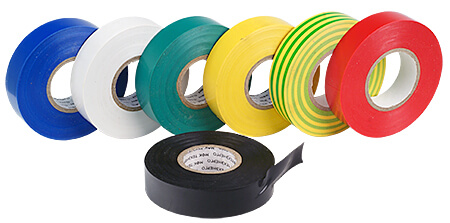
- HB insulating tape. Cotton is considered obsolete. Good for insulating compounds near sources of high heat. The advantage of HB tape is that it is more resistant to low temperatures during installation, but with prolonged use it can accumulate moisture.
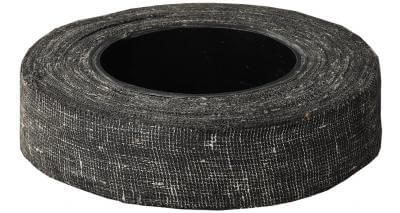
- Shrink tube (HERE). Shrink is one of the most modern and reliable insulating materials. It is recommended to use it if you need to insulate a place. electrical wire connections not only in the house, but also in the ground, as well as in the car. Moreover, if you use heat shrink in several layers or together with electrical tape, then such a connection can work for some time even under water.
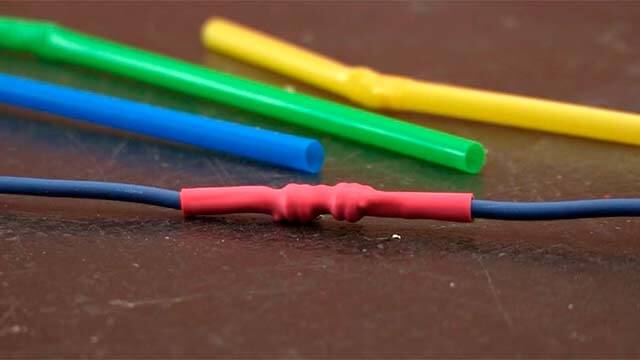
- PPE caps. This is not a isolation method, but a connection method. It does not provide protection against moisture penetration, but compresses twisted wires, which meets the requirements for connecting wires (paragraph 2.1.21, Chapter 2.1 PUE) Therefore, PPE caps are great if the length of the exposed section of the core does not exceed the length of the core or you are going to isolate the core with heat shrink or electrical tape.
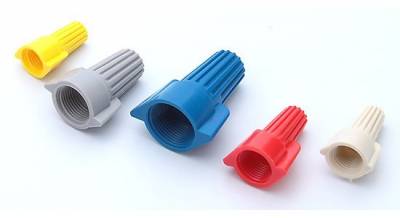
So we have provided the most reliable and popular insulation materials among electricians. Next, we will tell you how to properly isolate bare contacts with electrical tape, heat shrink and special caps.
Instructions for use of insulators
Well, here we come to the main issue of the article - do-it-yourself wire insulation technology. Since there are several materials, we will dwell on each and tell you how to isolate the bare veins yourself.
If you use electrical tape, first you need make a good twist of wires. If the wires are multi-wire, it is recommended to further solder them for a more reliable connection. Next, the twist is bent in one of the sides, as shown in the photo, after which the electrical tape is wound on a bare section of at least 2 layers. This technique is often used in the apartment, even by experienced electricians. The electrical tape can be used when connecting conductors in a junction box, chandelier, when transferring the outlet, and even under the plaster, if the connection is in the junction box. About, which electrical tape is better for electrical wiring, we told in a separate article.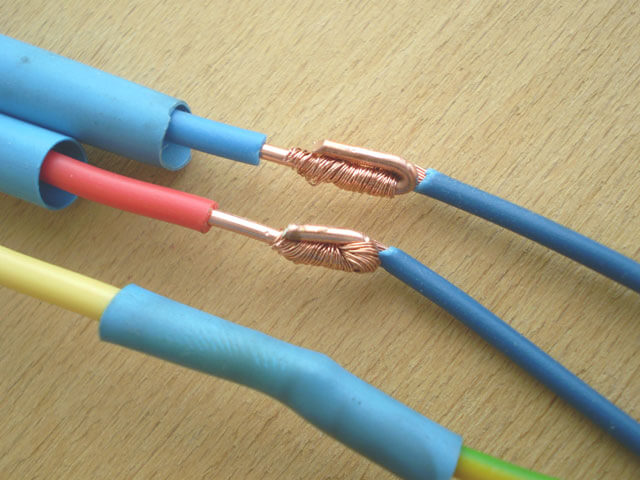
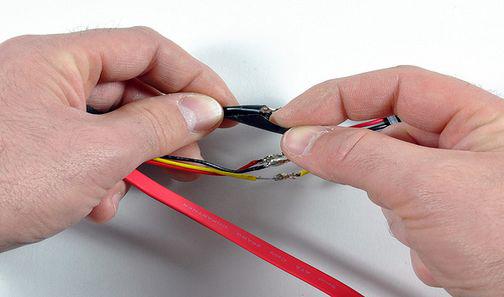
It is also not difficult to isolate exposed veins by shrinkage. The main thing to remember is an important nuance - the tube must be worn on one of the conductors before they are spliced. After soldering or twisting, putting on a cambric (it is also called that) will not work. When the contacts are connected, the tube must be pulled to the exposed place of the connection, and then heated with a building hair dryer. About how to use shrink, we described in detail in a separate article: https://my.electricianexp.com/en/termousadochnaya-trubka.html.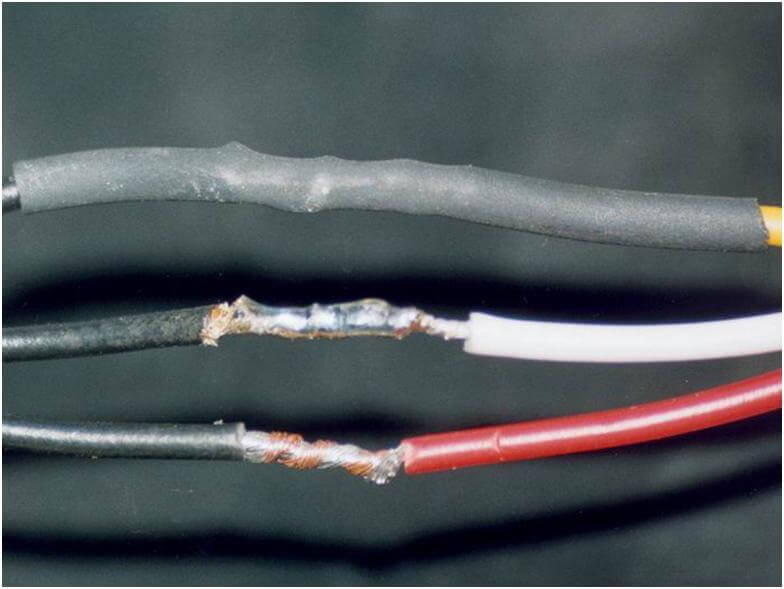
If the hair dryer is not at hand, it is allowed to heat with a regular lighter; the main thing is to ensure that the heat shrink tightly tightens on the cable. It is recommended to use the HERE tube when immersing the conductor in water (for example, if the power cable on the submersible pump is damaged). In addition, heat shrink is used when laying the cable undergroundif you need to connect underground wiring. It is also recommended to insulate the wires with this material in the bathroom, wooden house, bathhouse or on the street to reliably protect the junction from water.
PPE caps are best used when installing electrical wiring in a house and apartment. PPE is compact and allows you to quickly isolate the twist. All you need is to screw the cap onto the wires all the way, as shown in the photo below.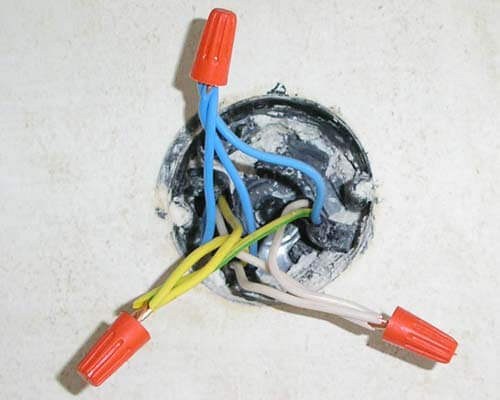
If you need to protect the twisting of thin wires, for example in headphones, it is not advisable to use electrical tape, because she will not fit snugly. In this case, you can do without electrical tape using ordinary superglue. All you need to do is gently drop glue on the exposed area of small conductors. In a 220 Volt mains, this method is not recommended, because the glue, in fact, like silicone sealant, will quickly fall off. By the way, with an adhesive gun it is also not necessary to isolate the cores, for a similar reason.
For additional insulation of the cable from a rabbit, cat or puppy in the house (pets like to nibble wires), it is recommended to use tin foil. About the rest of the ways animal wiring protectionread in the corresponding article!
So we have provided all the existing methods of isolation of bare wires with our own hands.As you can see, it is not so difficult to isolate the wire under water on your own, in the wall and on the ground, the main thing is to choose the right material for insulation. Finally, we recommend that in humid rooms and in the open air, additionally protect the wiring with corrugation, which will further protect the junction so that water does not get on the exposed contacts.

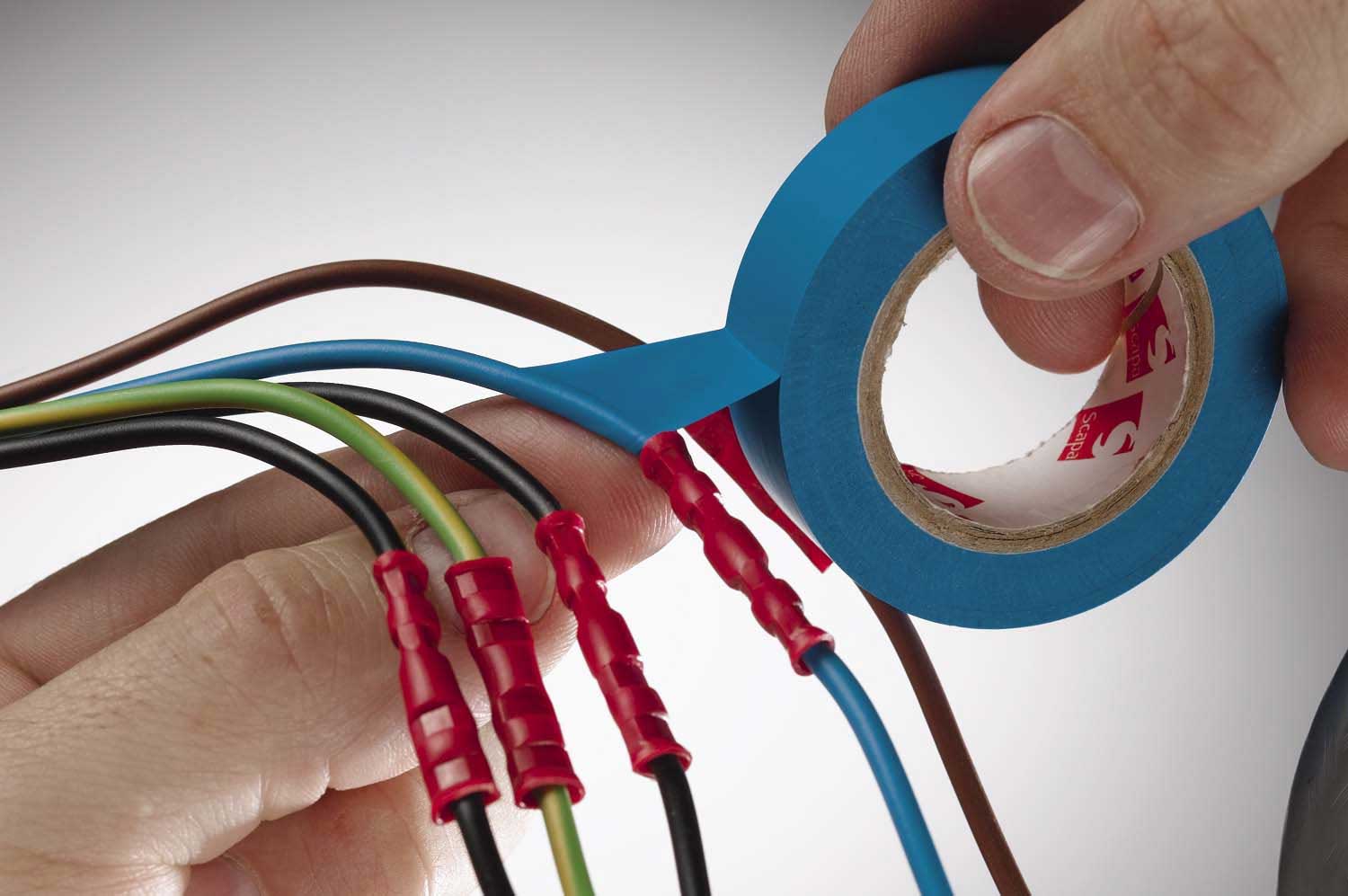



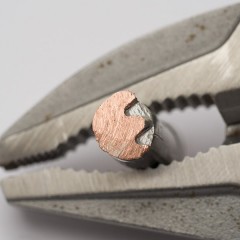
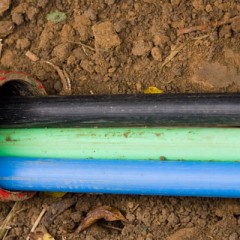
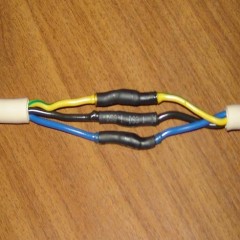

Please tell me you need to twist under water how to do it correctly at home, thanks earlier.